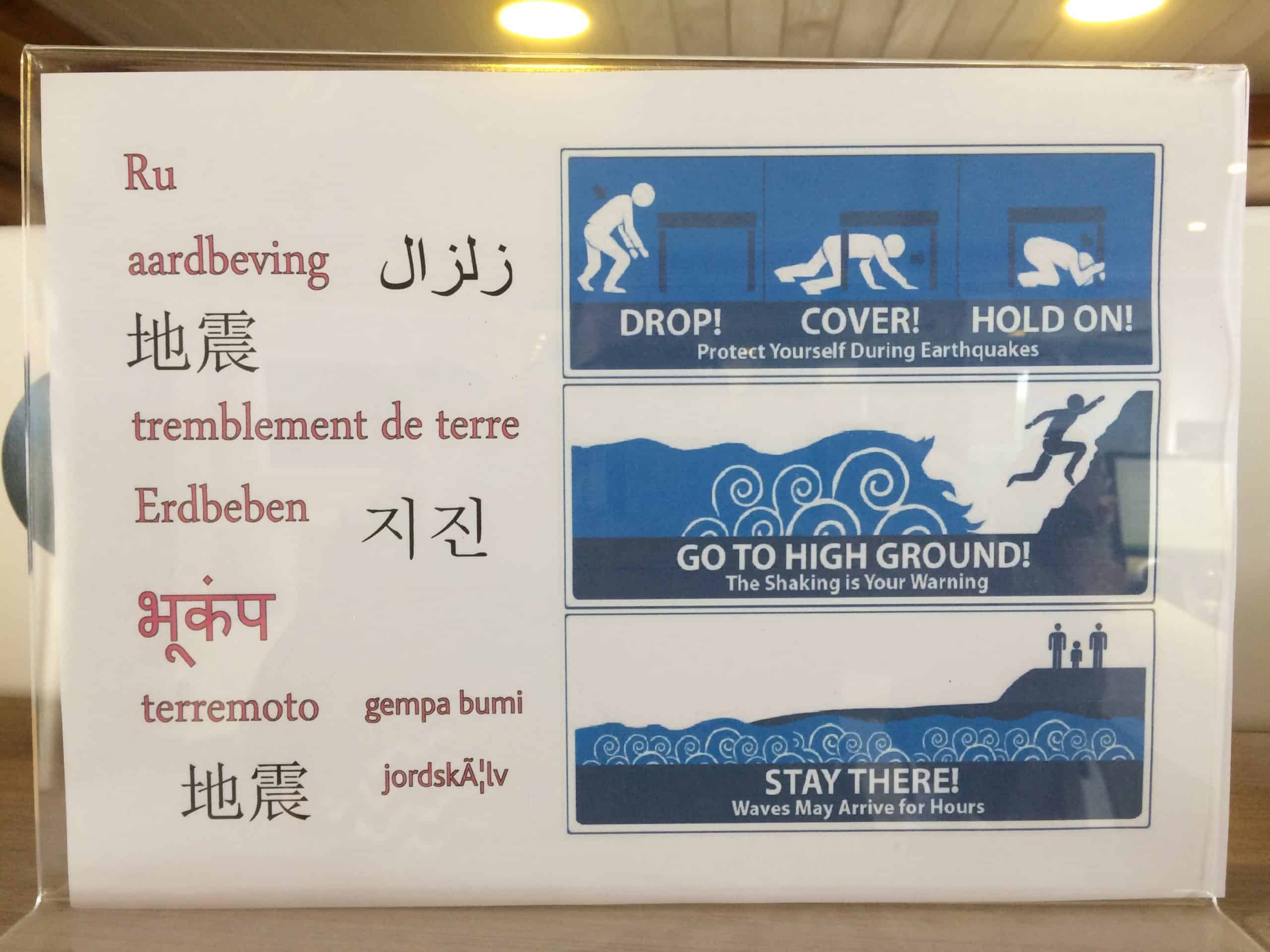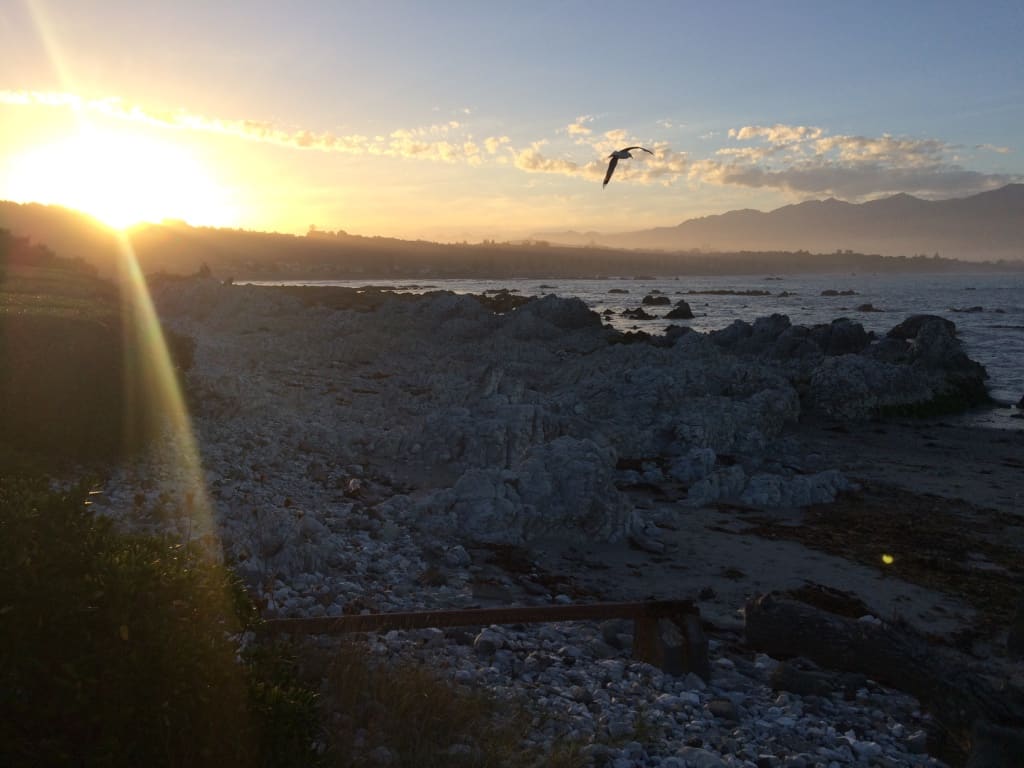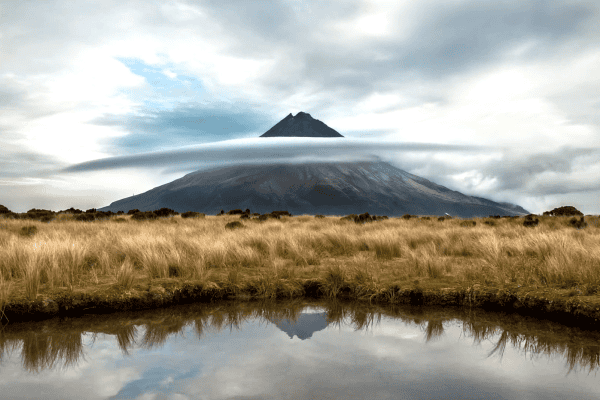Re-imagining Rural Resilience
29/03/2018
By Nick Cradock-Henry
Rural regions throughout New Zealand face multiple social, environmental and economic challenges. One of these challenges is the range of natural hazards that rural communities, infrastructure and economies are exposed and sensitive to. The vulnerability of our rural regions has been illustrated inrecent storms which affected transportation links to Golden Bay; the impacts of the Kaikōura-Hurunui earthquake; and the flooding in the Bay of Plenty. From high-impact weather events, to seismic and volcanic risks, coastal erosion and other processes – there is a lot that can and does affect one of our primary economic drivers, and the people and communities who call it home.
Preparing for and responding to these sorts of events is challenging at the best of times, but for rural New Zealand, this is compounded by limited road and rail connections (which can be damaged or closed entirely during hazard events), communications infrastructure and local economies that often depend on getting goods, services and people (from tourists to milk to meat) in and out of the regions.
Research is currently underway through the Resilience to Nature’s Challenges National Science Challenge, to better understand the unique features of rural New Zealand and its populations. Researchers are working with rural communities to learnmore about the ways in which disasters have short, but also long-term impacts for farming households.This work is helping scientists, as well as policy and decision makers to re-imagine rural resilience, and to make sure that we have plans, processes and principles to respond effectively during emergencies, and ensure that rural New Zealand thrives – no matter what.
Transient rural populations and resilience
Have you ever wondered what happens to tourists during an emergency? Or seasonal workers? That is the question Prof David Simmons from Lincoln University and his colleagues are looking at as part of their project on transient populations and rural resilience. During the summer months, New Zealand’s scenic rural towns are filled with tourists, and much of our agricultural industry relies on temporary workers to harvest fruit, thin vines, and work in pack houses. Many of these visitors and workers move around, may have only limited English language skills, and may not be as familiar with the hazards associated with the local landscape. Those of us from the South Island, for example, are all too familiar with earthquakes, but a visiting tourist might not know what to do during a quake. The aim of this project to provide local councils, tourism providers and other organisations with recommendations they can use to help ensure that these mobile populations are prepared for anything.

It’s hot in here!
For farmers in North Canterbury, the last few years have been particularly difficult. Summer temperatures were well above normal, winter rainfall was low, and as a result grass was simply not growing as expected, meaning feed was in short supply. When an earthquake struck the district just after midnight on 14 November 2016, it only added to their problems. Limited road access meant transportation costs rose, making feed even more expensive; the market for stock declined as it was more and more difficult to process animals locally; and on the farm fences had to be replaced, slips repaired, and farm tracks redone. David Wither is a PhD student with the Rural programme, and his work is looking at just what it means for farming households when a slow, creeping hazard like a drought, meets a fast moving, high impact event such as an earthquake. He is working alongside farmers, rural recovery groups and others in the Hurunui District to look at how recovery happens. Findings from his work will help us better understand what goes on in rural regions following a disaster, and help ensure that when we DO rebuild or repair, that people’s needs, priorities, and resilience to future events is taken into consideration.
Everything is connected
The 14 November 2016 earthquakes didn’t just affect Kaikōura, and it wasn’t the shaking alone that caused problems. University of Canterbury Master’s student Jess McHale is interested in how the earthquakes triggered multiple, connected impacts for farming households in the Hurunui District. Instead of doing a large-scale survey of rural populations, Jess is looking at three farms in detail to better understand how differences in location and farm-type, for example, influenced the scale and extent of damage. As bad as the shaking was, for farmers it also affected building and irrigation systems, and the infrastructure they rely on to conduct their business, including the roads and electricity networks. The long-term effects remain to be seen, but it may be that some farmers decide to change land use or reorganise their farming systems. Having a better understanding of what fails during a disaster, and how that in turn affects farming, can help us plan for the future.
Conclusion
Rural New Zealand is in many ways, the backbone of the country, supporting not only our economy, but numerous households, communities, and enterprises that call it home. To enable rural New Zealand to continue to thrive in the face of nature’s challenges, we hope that this – and other research now underway – will provide new knowledge, tools and processes that will enable us to make better decisions and recover more quickly when the next disaster comes.




